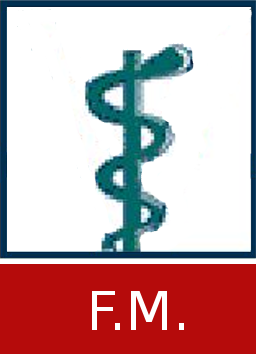Thesis, COLLÉGIALITÉ
Rossdeutsch, Ludivine 
Promotor(s) : Kempf, Anissa
Date of defense : 3-Jul-2023 • Permalink : http://hdl.handle.net/2268.2/17926
Details
| Title : | Thesis, COLLÉGIALITÉ |
| Translated title : | [fr] Étude du rôle de dSUR dans la régulation du sommeil |
| Author : | Rossdeutsch, Ludivine 
|
| Date of defense : | 3-Jul-2023 |
| Advisor(s) : | Kempf, Anissa |
| Committee's member(s) : | Vandewalle, Gilles 
Dejardin, Emmanuel 
Schmidt, Christina 
Nguyen, Laurent 
|
| Language : | English |
| Number of pages : | 65 |
| Keywords : | [en] Sleep regulation [en] Sleep duration [en] dSUR [en] K (ATP) channel [en] PAM neurons [en] Mushroom Body [oth] Drosophila melanogaster |
| Discipline(s) : | Life sciences > Anatomy (cytology, histology, embryology...) & physiology |
| Funders : | Université de Liège, , Biozentrum Basel, University of Basel |
| Research unit : | Biozentrum, Kempf group |
| Target public : | Researchers Professionals of domain Student |
| Institution(s) : | Université de Liège, Liège, Belgique |
| Degree: | Master en sciences biomédicales, à finalité approfondie |
| Faculty: | Master thesis of the Faculté de Médecine |
Abstract
[en] Sleep is highly conserved across species and lack of it, as well as excess, can lead to multiple symptoms and diseases. Although it is essential to our survival, little is known about its mechanisms of regulation. In 2013, a genome-wide association study conducted by Allebrandt et al. showed a significant correlation between SUR2 polymorphism and sleep duration in humans. SUR2 is a regulatory subunit to an ATP-sensitive potassium channel and acts as a sensor of cellular energy metabolism. Pan-neuronal knock-down of its Drosophila homolog, dSUR, shows a significant sleep decrease. Our goal is to decipher dSUR-mediated sleep regulation by investigating the neuronal populations through which it acts and exploring its effect on sleep in Drosophila melanogaster. To this aim, we performed dSUR silencing using dSUR RNAi in different neuronal populations. We identified dopaminergic inputs to the mushroom body, the PAM neurons, to be the principal actors in dSUR-mediated sleep regulation. The mushroom body is a neuropil shown to play a role in associative learning and sleep. We performed a wide screening of the PAM neurons and identified subsets of them being wake-promoting and others being sleep-promoting. Moreover, we used MiMIC lines to localize dSUR expression in the Drosophila brain and found dSUR-positive neurons close to the mushroom body. Together, these results shed light on a potentially crucial actor in sleep regulation, SUR2, and its role in sleep homeostasis through dopaminergic circuitry. Further investigations will be needed to better understand its mechanisms of action and its eventual role as a linker between sleep and metabolism.
File(s)
Document(s)

 Deciphering dSUR-mediated sleep regulation _final.pdf
Deciphering dSUR-mediated sleep regulation _final.pdf
Description:
Size: 3.66 MB
Format: Adobe PDF
Annexe(s)

 Supplementary_figures.pdf
Supplementary_figures.pdf
Description:
Size: 1.17 MB
Format: Adobe PDF
Cite this master thesis
The University of Liège does not guarantee the scientific quality of these students' works or the accuracy of all the information they contain.


 Master Thesis Online
Master Thesis Online




